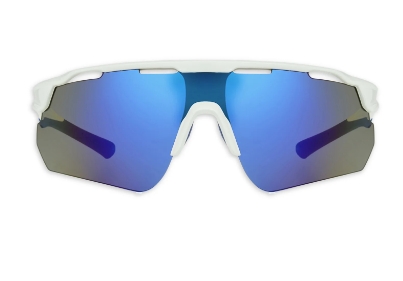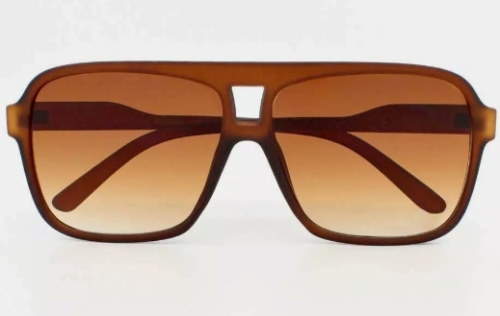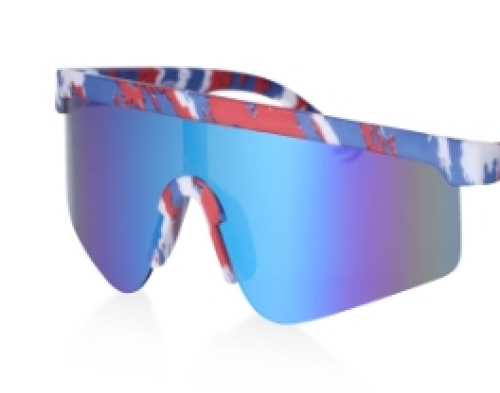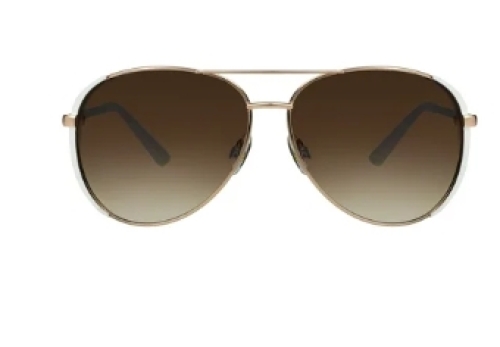Sunglasses are not only a fashion accessory, but also a practical tool to protect your eyes. They reduce eye fatigue and potential vision damage by blocking harmful ultraviolet (UV) rays and strong sunlight. Quality sunglasses are effective at filtering 99 to 100 percent of UV-A and UV-B rays, thereby protecting your eyes from UV rays and reducing the risk of cataracts and other eye conditions.
The most important function of sunglasses is to block UV rays and protect your eyes from UV-A and UV-B rays. High quality sunglasses will label their UV protection level to ensure effective filtering of harmful rays.
The polarized lenses of sunglasses reduce reflected light and glare, improving visual clarity and comfort. This feature is especially important for driving, outdoor sports and water activities to improve clarity of vision and reduce eye strain.
Different colored lenses can enhance contrast for a clearer and more comfortable view. For example, gray lenses are good for reducing overall light, while yellow lenses enhance contrast in low-light environments.
Make sure your sunglasses have 100% UV-A and UV-B protection. Check the label or consult a salesperson to find out their UV protection level.
Choose lens materials that are scratch-resistant and impact-resistant, such as polycarbonate or high-quality glass lenses. These materials not only provide superior visual effects, but also increase the durability of the lenses.
Select the lens color according to the use scenario. Grey lenses are suitable for ordinary daylight environments, while brown or amber lenses enhance contrast and are suitable for sports and outdoor activities.
The frame and legs of the sunglasses should fit your face shape to ensure comfort. Choose sunglasses that are lightweight and fit the contours of your face to enhance the wearing experience.
In short, choosing the right sunglasses for you can not only enhance your appearance, but also effectively protect your eyes from harmful UV rays. By unde















